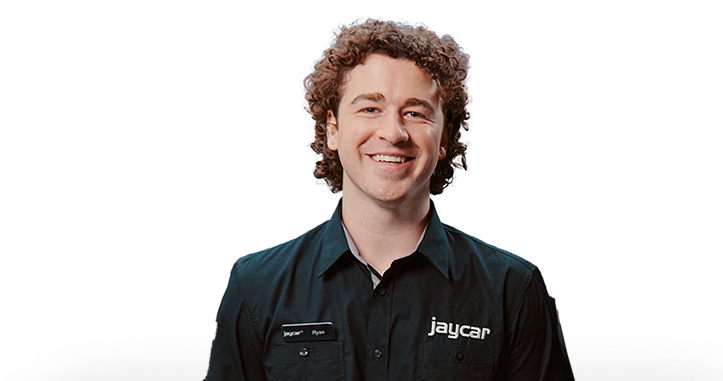Anyway, if you've followed any of my build progress, you'll know I'm struggling to find time to put the Colortune to use to tune my carbs.
Always in the back of my mind is this Jaycar kit that's been around for donkey's years to work with an EGO sensor to display mixture ratios:
My thinking is I should be able to make up the kit and be able to handle-bar mount it for the short term and have an EGO sensor stuffed down the end of the pipe with some way of strapping it in place so I can ride with it in place.
I realise plug chops can be done, but most of my riding at the moment is going somewhere to do something (eg. work), so plug chops really aren't an option.
If I use a setup like this and mark my throttle for the various tuning positions, it should give me a greater amount of flexibility in terms of times I can get an idea of the AFR while riding so I can really get the carbs tuned a lot better than they are now.
There are also another three kits for this sort of thing, but they just get more expensive and I think this basic one will be all I really need for what I want.
Does anyone have any thoughts or ideas on this? I know it's not the ideal way, and there are ready made devices to do this, but they're not going to be cheap, and this is the only way I can really see getting into the tuning properly with the time I have available at present.
I believe this kit uses a narrow band EGO sensor, so the trick will be finding one... I haven't started Googling for that yet but will be soon...
.png)





Comment